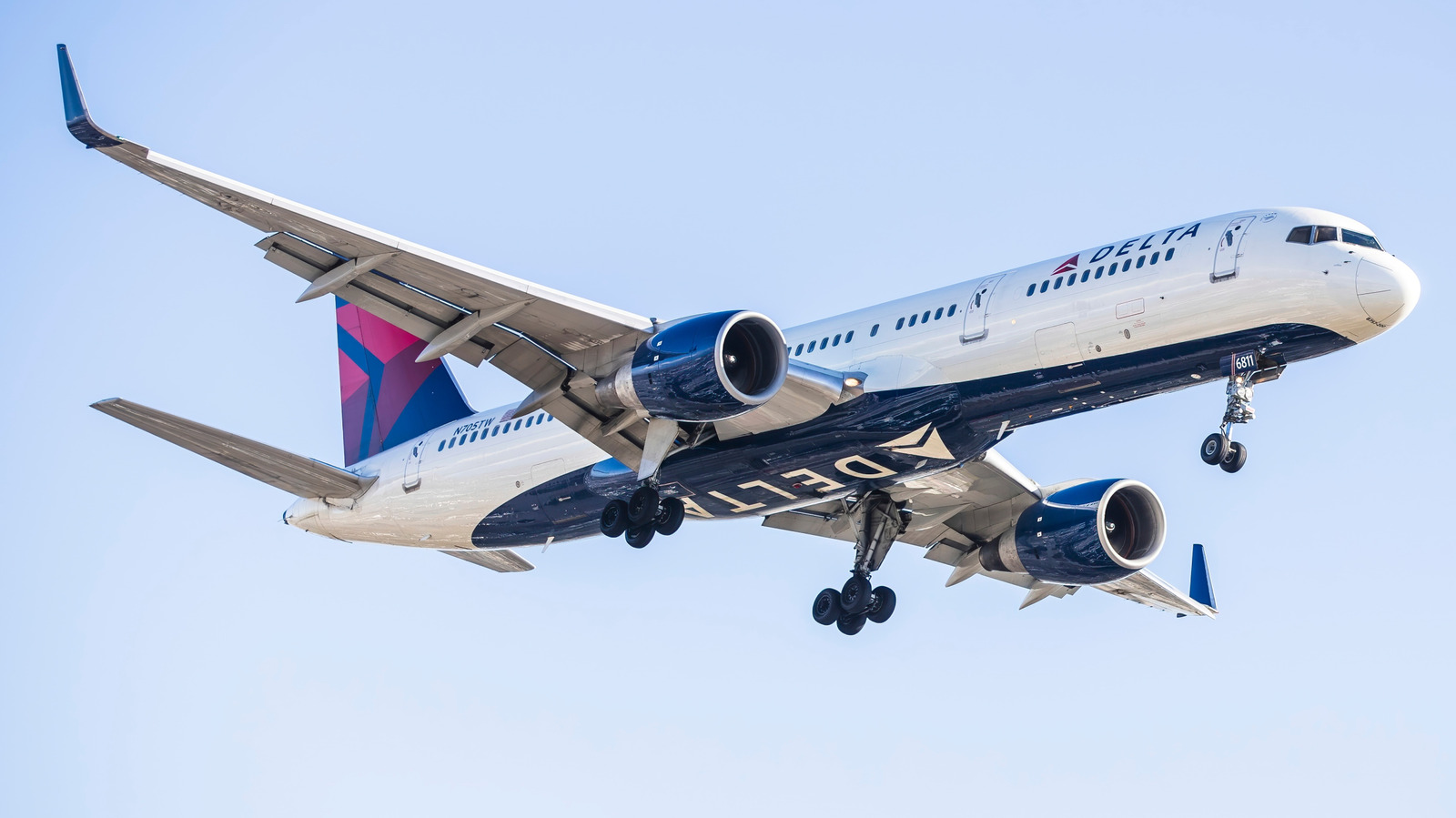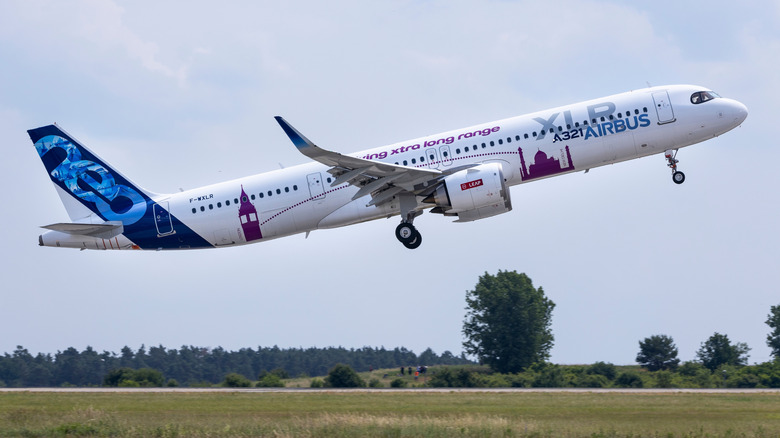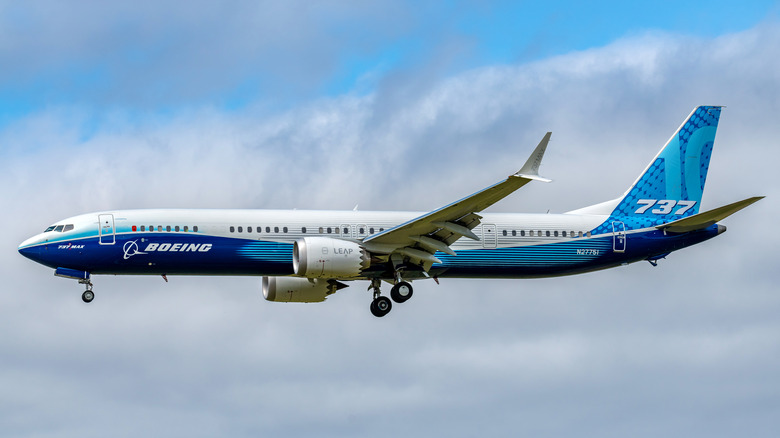The Boeing 757 has been a trusty stalwart of the commercial aviation industry since the 1980s. Where jumbo jets like the nearly gone Boeing 747 could seat huge numbers of passengers for long-haul flights (on two floors!), or the smaller Boeing 737 could comfortably whisk a few passengers over short ranges, the 757 was right in the middle. It was a midsize, medium-range aircraft, featuring a narrow-body design (only a single aisle between seats) and two engines. For flying around a continent, it was the premier choice for decades.
Sadly, those decades have come to an end. The last 757 rolled out of the hangar in 2004, and while many are still in the air (sometimes as monster firefighting planes), they’re getting pretty old. Airlines are already thinking about how and when to put the venerable plane out to pasture. This in turn raises the question: What’s next?
At first, the answer seems obvious. If you’re looking for a midsize, medium-range, narrow-body, twinjet aircraft today, you’re looking at the Airbus A321. While the airframe has been flying since the 1990s, the newest variant, the XLR, had its maiden commercial voyage just in November 2024. Something else happened that month, though, that has thrown everyone’s plans into disarray: Donald Trump was re-elected. Suddenly, nothing is obvious.
Airbus’ replacement for the 757 is flying into tariff turbulence
The Airbus A321XLR really is a fantastic piece of engineering, not just replacing the 757 but literally pushing farther. “XLR” stands for “Xtra Long Range,” and with a flying distance of 5,400 miles, it very much lives up to that title for a plane of its size. The 757, by contrast, had a maximum range of just under 4,500 miles. Small wonder, then, that many airlines around the world are already making the transition.
In America, however, the A321 and indeed all Airbus planes are flying into tariff turbulence. As of this writing, these European planes would be subject to huge cost increases if they ever hit American soil (exactly how much seems to be subject to Trump’s whim on any given day). Since, as you might imagine, the planes themselves are an airline’s biggest expenditure, that is a massive hit to its bottom line.
Many U.S.-based airlines are instead choosing to defer deliveries, hoping to eventually win exemptions to the tariffs. That means that anyone hoping to switch from the 757 to the A321 is going to have to wait, and nobody knows for how long. If tariffs truly stick around for the long term, U.S.-based airlines will eventually have to consider other options. And in the commercial aviation industry, there’s really only one other option.
Boeing’s replacements for the 757 aren’t ready yet
Boeing made the 757, so you might be wondering… couldn’t Boeing just make a newer one? The answer, of course, is yes. In fact, Boeing has a couple of potential successors. The problem? None of them are ready yet.
Internally, the Washington-based manufacturer’s direct descendant for the 757 is the New Midsize Airplane (NMA), sometimes called the 797. It’s actually designed to be a little bit larger than the 757 was, featuring two aisles between the seats, although still smaller than a wide-body jumbo jet (in industry parlance, the 797 is a middle-of-the-market plane). However, Boeing has put this project on pause, awaiting newer, better engines to be invented.
Alternatively, the 737 MAX (specifically its longest-bodied variant, the MAX 10) might be a reasonable replacement for the 757. While its range isn’t quite as good, it’s also a single-aisle twinjet with a similar passenger capacity. It successfully flew its first test flight in 2021, which should have meant that it was more or less ready for delivery. Except, here we are in 2025, and those deliveries still have yet to materialize, without any hard date for when they will. But if tariffs that have already cost Boeing 40 sales to China last long enough and airlines’ Airbus orders are deferred for long enough, it’s possible the 737 MAX 10 could become a workable option before the A321XLR.





